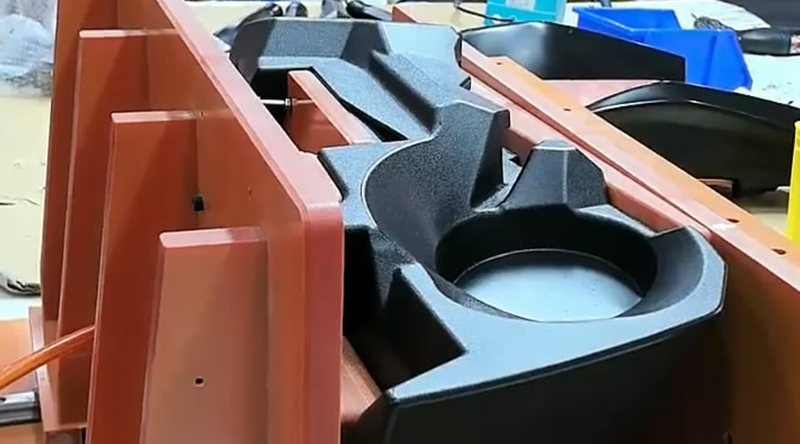Key Testing Parameters for Rotomolded Products
 Feb 24,2024
Feb 24,2024

Key Testing Parameters for Rotomolded Products
Testing parameters for rotomolded products are critical to guaranteeing the quality and functionality of the final item. When establishing these parameters, it is essential to meticulously consider factors such as visual inspection, dimensional measurement, mechanical testing, density determination, environmental conditions, documentation, and training.

1. Visual Inspection Parameters
Quality inspection in rotational molding fundamentally encompasses a visual examination. Parameters including lighting conditions, magnification, and inspection tools must be meticulously chosen. Appropriate lighting, such as halogen or LED lights, should be utilized to accentuate any surface defects or irregularities. Magnification tools, for instance, magnifying glasses or microscopes, can assist in identifying minute defects that might not be discernible to the naked eye.
2. Dimensional Measurement Parameters
The measurement of dimensions is vital for evaluating the accuracy and uniformity of rotational molded components. The selection of measurement tools, like calipers, micrometers, or coordinate measuring machines (CMMs), should be based on the size and complexity of the part. Moreover, the measurement accuracy, resolution, and repeatability of the tools should be factored in to ensure dependable results.
3. Mechanical Testing Parameters
Mechanical testing is conducted to assess the strength, durability, and performance of rotational molded parts. The parameters for testing methods, including tensile testing, impact testing, and compression testing, should be selected with care. Factors such as test speed, sample size, and loading conditions should be taken into account to ensure that the test outcomes accurately reflect the part's mechanical properties.
4. Density Measurement Parameters
Density is a crucial parameter that influences the structural integrity and performance of rotational molded parts. The choice of density measurement techniques, such as the water displacement method, gas pycnometry, or X-ray computed tomography (CT) scanning, should be based on the specific requirements of the part and the level of precision needed.
5. Environmental Conditions
The environmental conditions during quality inspection can impact the precision of measurements. Factors including temperature, humidity, and cleanliness of the inspection environment should be controlled to ensure consistent and reliable results.
6. Documentation and Record-Keeping
Thorough documentation and record-keeping are indispensable for quality inspection in rotational molding. Detailed records of inspection results, any corrective actions taken, and any alterations made to the process parameters should be maintained. This information is vital for continuous improvement and ensuring product quality consistency.
7. Training and Education
Proper training and education for the quality inspection team are essential for ensuring accurate and reliable results. Regular workshops and training sessions on inspection techniques, equipment operation, and quality standards should be provided to ensure that team members are proficient in their roles and contribute to overall quality.
Light Venus is an experienced custom rotational molding manufacturer. To ensure consistent product quality and performance, our quality control and product development teams meticulously identify each testing parameter and clearly outline these in a set of "Acceptance Criteria & Inspection" reports. Each department is provided with a specification sheet and quality assurance checklist.
 Tel: 0086-13632687993
Tel: 0086-13632687993  Email: roto@lightvenus.com
Email: roto@lightvenus.com

 Home
Home What are the Factors Contributing to Deformation in the Rotational Molding Process
What are the Factors Contributing to Deformation in the Rotational Molding Process  You May Also Like
You May Also Like



 Tel
Tel
 Email
Email
 Address
Address








